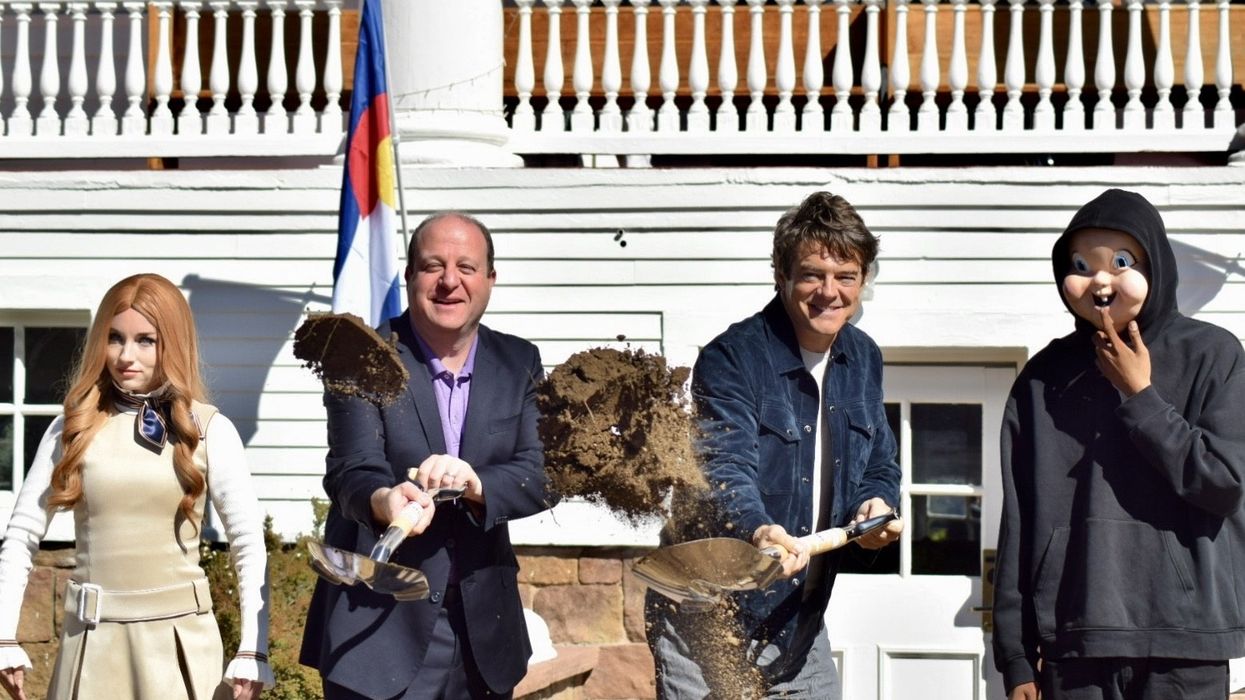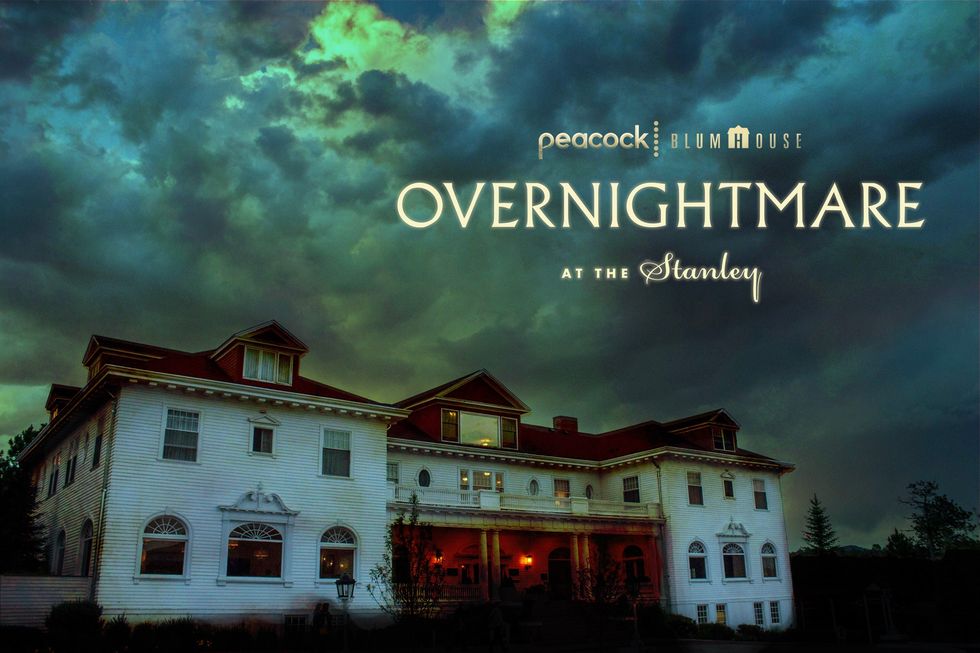Framestore, the visual effects specialist, was responsible for creating a unique visitor experience at the newly opened Museum of the Future in Dubai. The museum, which is set in the year 2071, explores innovative ways of shaping a better future. Thanks to Framestore, guests can enjoy an immersive moment where they are transported via a rocket launch from the future version of Dubai and out into space, before docking at the OSS Hope space station.
“Working with Framestore was a pleasure and an inspiration,” says creative director, Brendan McGetrick. “Together we crafted one of the museum’s most important and appreciated works, an experience that kicks off the visitor journey with excitement and elegance.”
A journey to space and back
The project was led by Framestore’s creative director, Jason Fox, alongside VFX supervisor, Jay Khan. The team produced a fully CG city of Dubai and designed the full sequence from ground to orbit, including the return sequence as well as the space capsule.
“We started with the Art Department, designing the physical space capsule itself. This, in reality, is a huge freight elevator that transports guests to the top of the museum to start their adventure," says Fox.
"We wanted to lean into the familiar tropes of space vehicle design but with the added layer of something more commercial and accessible. Our design is based on symmetry, on all axis, so the walls, floor and ceiling mirror each other giving the architecture a sense of zero gravity.”
Visitors experience a zero-gravity moment when they dock at the space station, followed by a more white-knuckle experience on the return to earth.
“The return capsule was designed to be smaller with one huge screen on the floor," says Fox. "The guests grip handrails as the floor beneath them opens up to reveal earth below their feet. Shooting them out into space they go through reentry before landing in a tornado of dust and noise back at the Dubai SpacePort.”
An immersive soundscape
For this project at the Museum of the Future, the Framestore team again worked with Grand Central Recording Studios (GCRS), adding a 360-degree soundscape to make the experience truly immersive. GCRS sound designer Raja Sehgal recommended the optimal locations for the speakers, and the company's London studio was redesigned to copy the dimensions of the experience and create cinematic sound.
To create a version of Dubai five decades into the future, the Framestore team needed to render more than a trillion pixels.
“Creating the vast city of Future Dubai was a monumental task. From a design perspective it had to feel like Dubai but wrapped with a futuristic narrative,” says Fox. “From a production standpoint, it had to feel real from the shoreline at ground level to beyond the horizon viewed from the edge of space.
“We wanted to ensure there were no bad seats in the house, so we made sure each of the 10 giant 75inch 4K screens had a story to tell. You can stand by one to see the shoreline extend down off towards Abu Dhabi. Or watch the Burj Khalifa surrounded by new green lands, hyperloops and fantastic new architecture throughout the sprawling city.”
When the time came to finalise the project, Framestore needed the full render capacity of the studio for four weeks, leaving them with only one opportunity to do it.
“The amount of pixels that we had to render was vast, 1.2 trillion or 4 feature films worth, which meant we only had one chance so we tested, tested and tested again before hitting render – it was nerve-wracking because there were no second chances,” says Khan.
Creating a future city
In this city of the future, guests can see solar panel-covered skyscrapers and buildings covered in green plants. The clients provided Framestore with information about the types of building projects currently planned, which gave them inspiration for designing this futurescape.
“We ended up designing and building over 400 buildings,” says Khan. “We quickly realised that that wouldn't be enough, so we added extra detail using trees, solar panels, wind turbines etc, and because building that in CG and laying it out by hand would take far too long, we came up with a procedural workflow.”
Using Houdini, Framestore’s VFX team was able to build iterations from a few hundred instanced buildings rather than thousands. They also brought open-source data from Open Street Maps into Houdini, for an accurate layout of key landmarks. This meant they could add their own architecture while still staying true to the city.
“I like to find procedural or efficient ways of building things, and this was that on a huge scale – it was a tricky task balancing the many factors that go into building a city," adds Khan. “Jason had some great concepts about how the city could look in the future, making sure we could incorporate these ideas and still have a cohesive functioning city was a technical challenge. I’m very proud of the whole team for creating such a stunning view of Dubai.”
Real-world scale
Framestore's artists also worked on creating depictions of Earth from space.
“We rendered the Earth using an extremely large texture, up to 80K but even that wasn't high enough resolution wise for our views of the planet,” says Khan. “So, we created Digital Matte Paintings for key frames giving us all the detail we required and kept adding incremental Digital Matte Paintings until it all stitched together nicely for one perfect map.”
The shuttle's trajectory was based on real-world physics and everything was real-world scale. Where it docked was based on the height of the International Space Station, but to achieve this the team had to cut out bits in between:
“We started off with the trajectory of a real space shuttle, but we had to squeeze what was technically a twenty-minute journey into three minutes,” explains Khan. “We wanted the take-off to be in real-time so visitors can take in everything around them. When you are travelling through clouds and the atmosphere, however, it becomes a lot calmer so we could speed that up a little bit.
"Then as we approached the space station for docking, we slowed it back down again so the viewers could marvel at the scale of OSS Hope.”
An epic experience
When it comes to the experience of the docking procedure, Fox adds:
“It feels truly epic on Kubrick level, I’m immensely proud of what Jay and his team created. The complexity and detail we put into animation staging of the gigantic docking procedure pay off so well, you feel like OSS Hope is wrapping her arms around in a giant hug as we float into the bright lights of the docking bay”.
To achieve a seamless installation, Framestore created an in-house mock-up that emulated the capsule, featuring TV panels mounted to the same scale as the elevator in the museum.
“The screens gave us a great representation of the perspective shift as you walk around the lift and the consistency of the horizon line which enabled us to quickly ascertain whether any of the sensations were off, including whether any of the rising and tilting would make the visitors feel nauseous,” says Khan.
“You could ride the lift twenty times and see something different depending on which window you are looking out of,” adds Fox.
Last year, Framestore announced FUSE (Framestore Unreal Shot Engine), a new technology that allows it to produce a new film entirely using an innovative VFX pipeline built around Epic Games’ Unreal Engine.
Charlotte Coates is blooloop's editor. She is from Brighton, UK and previously worked as a librarian. She has a strong interest in arts, culture and information and graduated from the University of Sussex with a degree in English Literature. Charlotte can usually be found either with her head in a book or planning her next travel adventure.
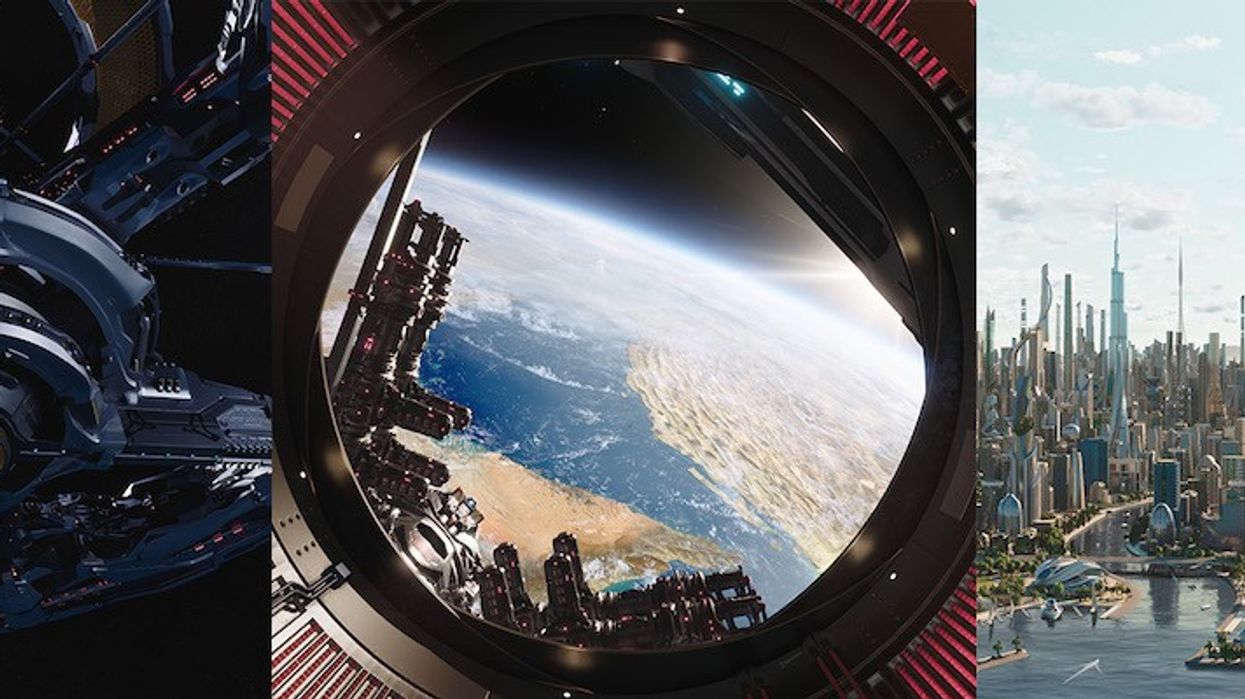

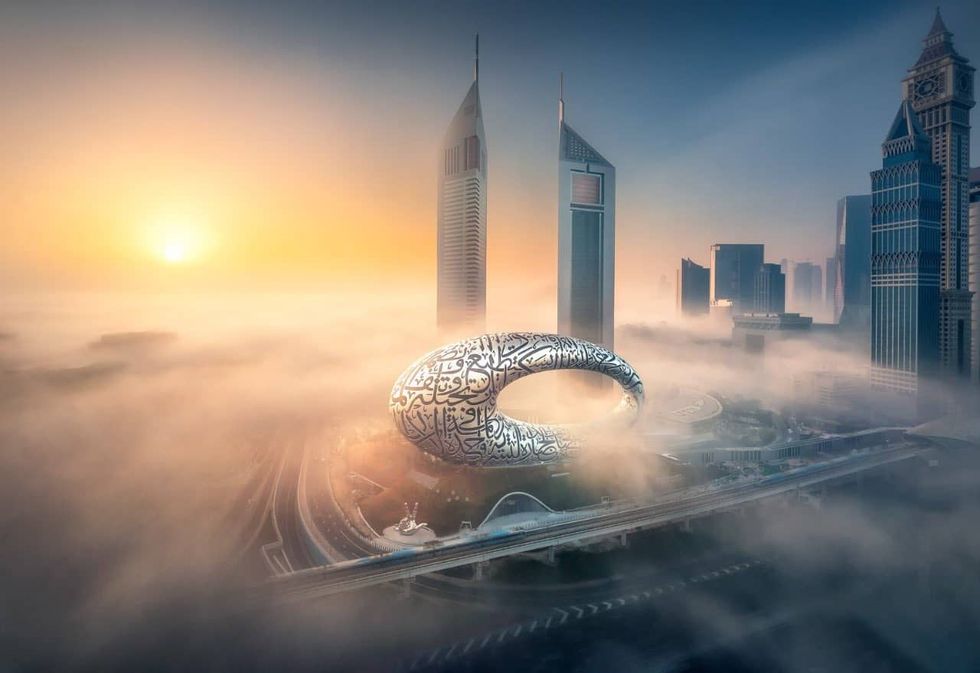
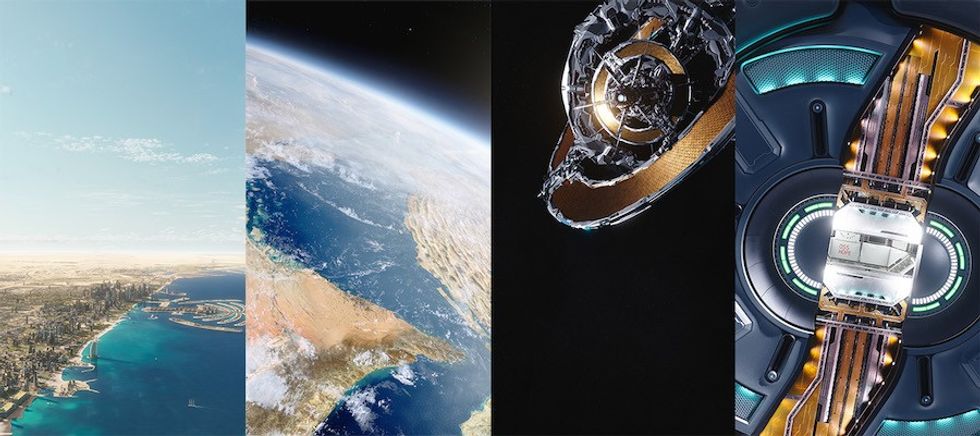
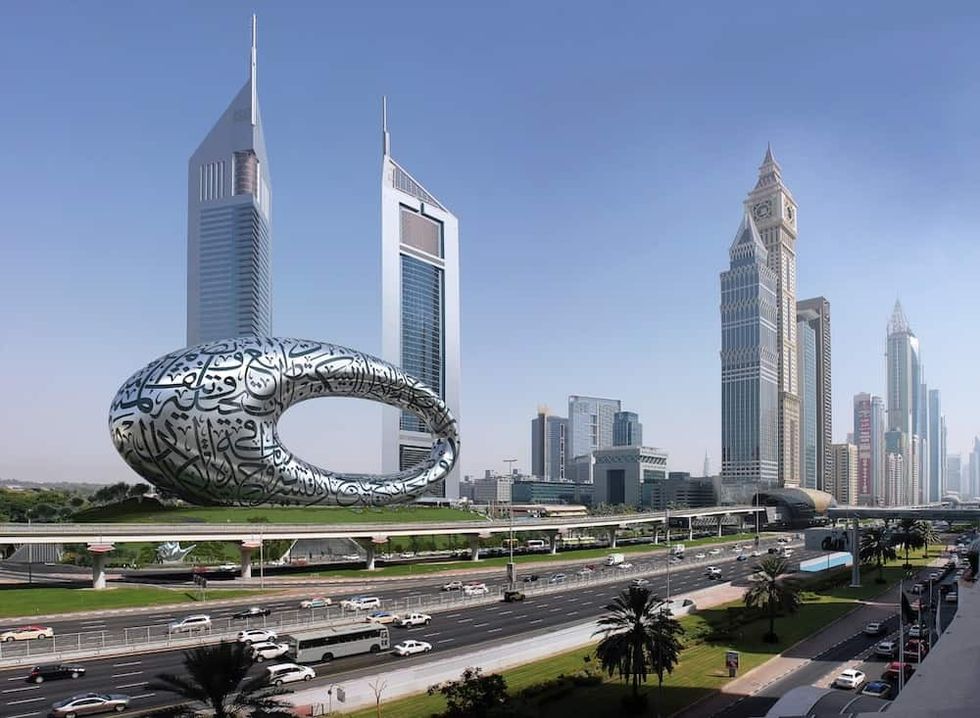


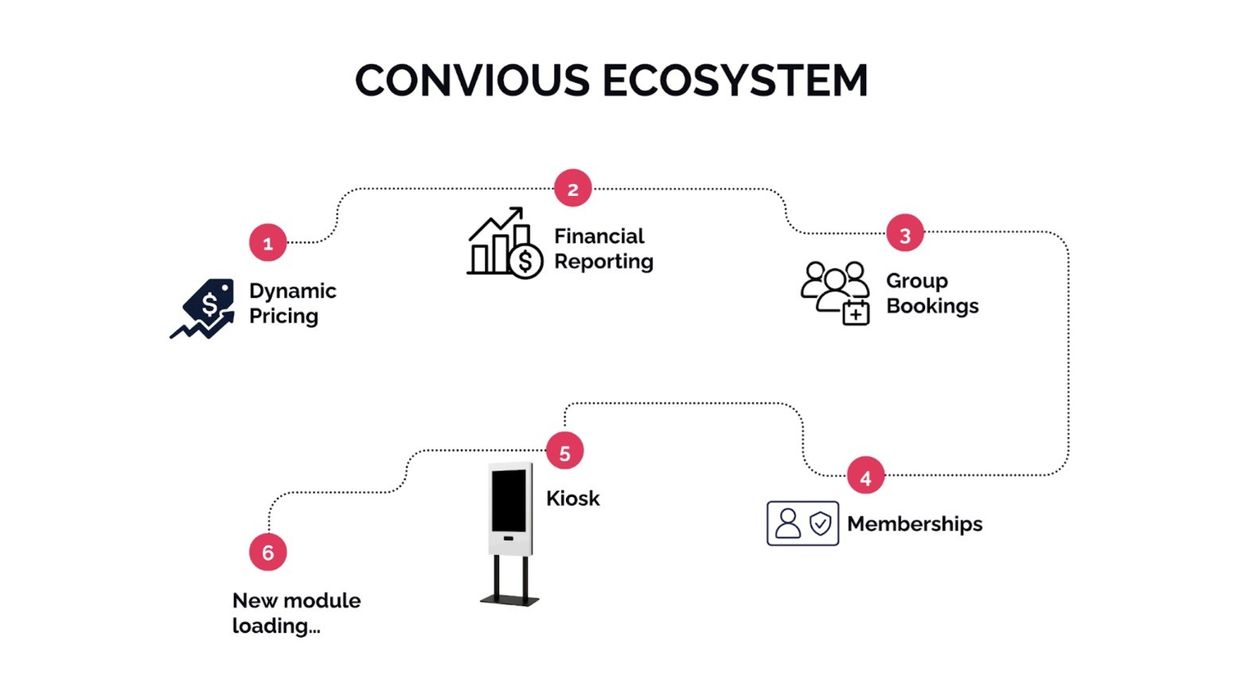

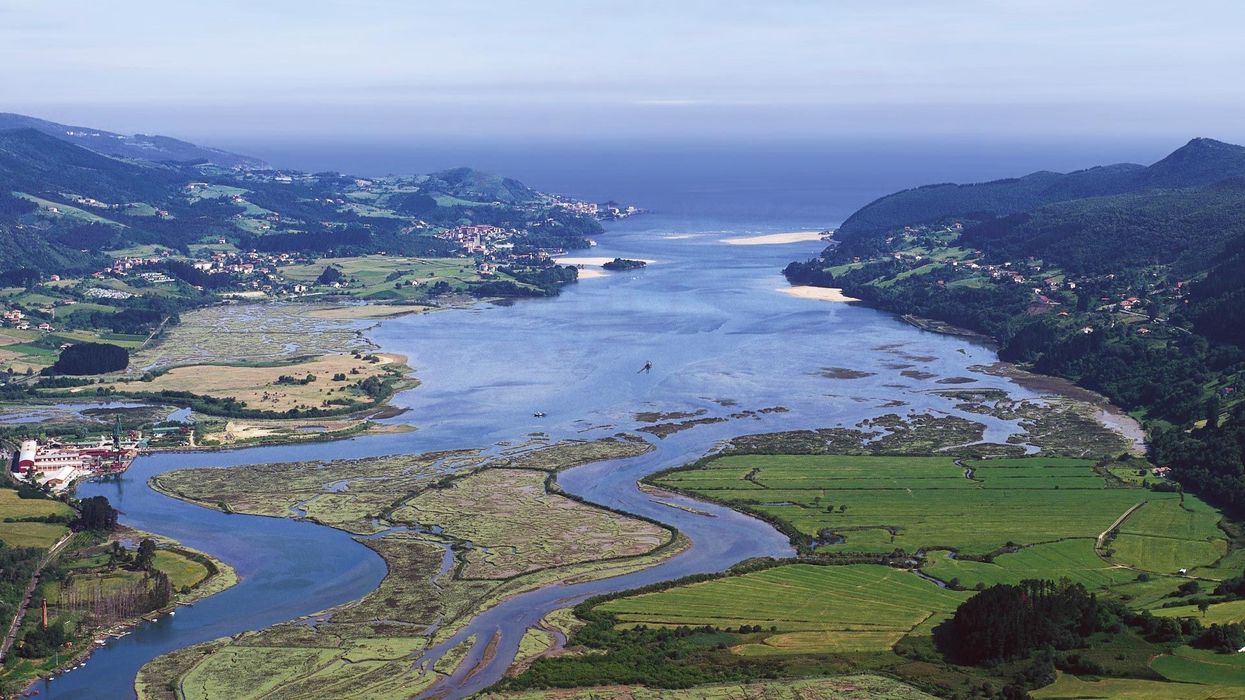
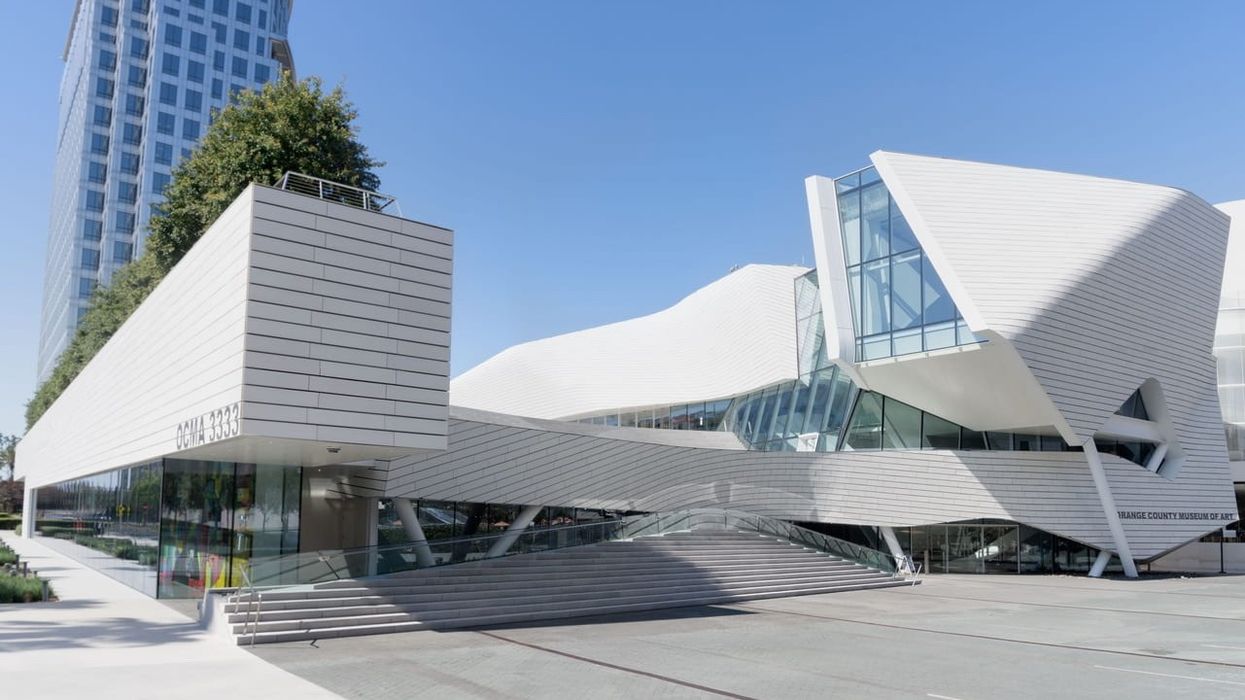




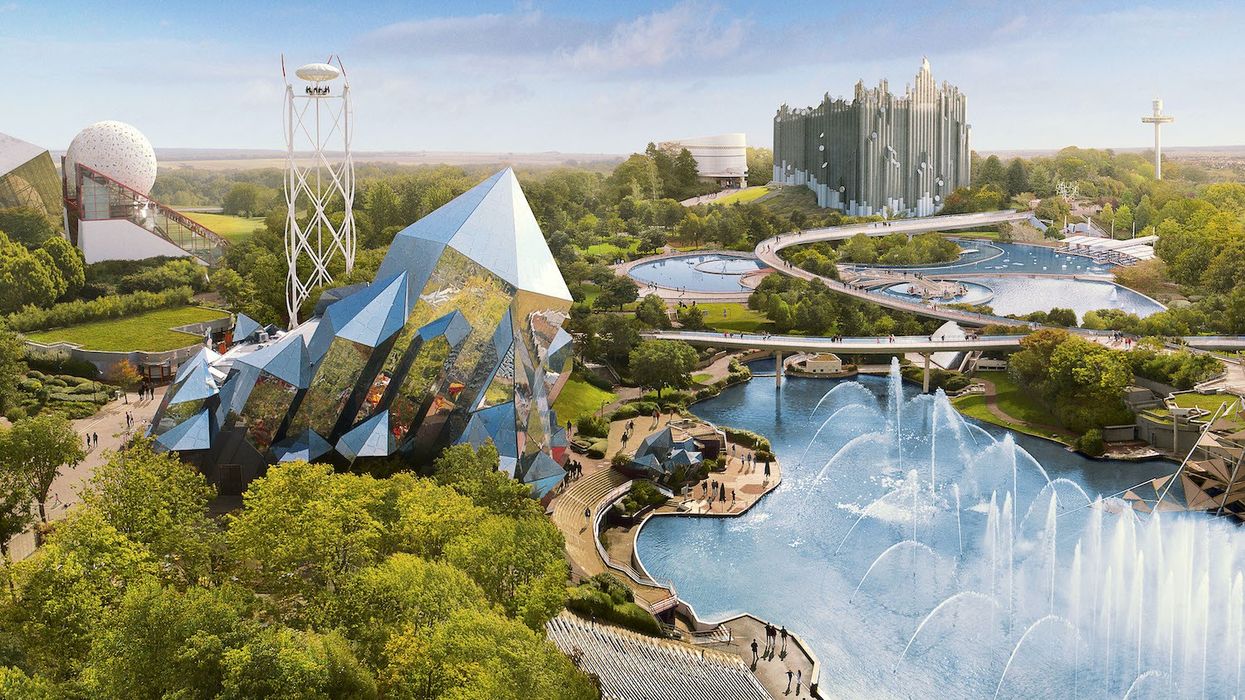



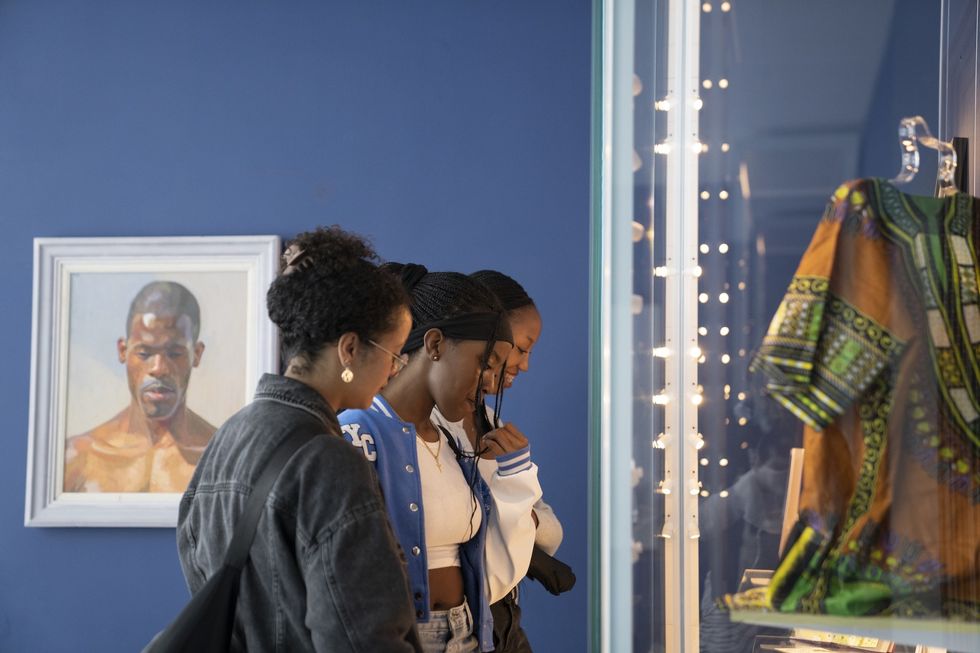
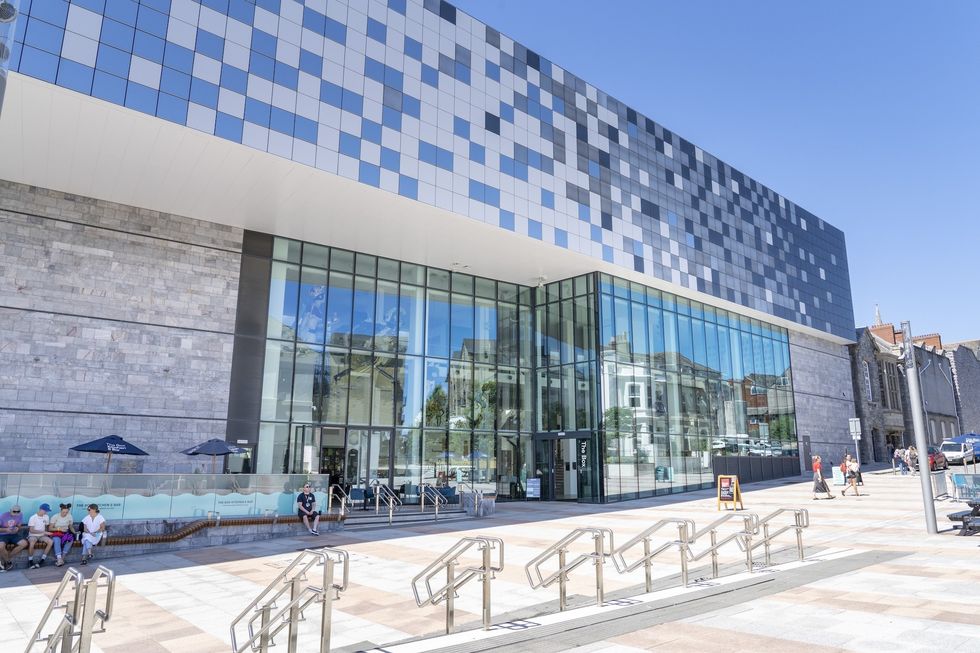

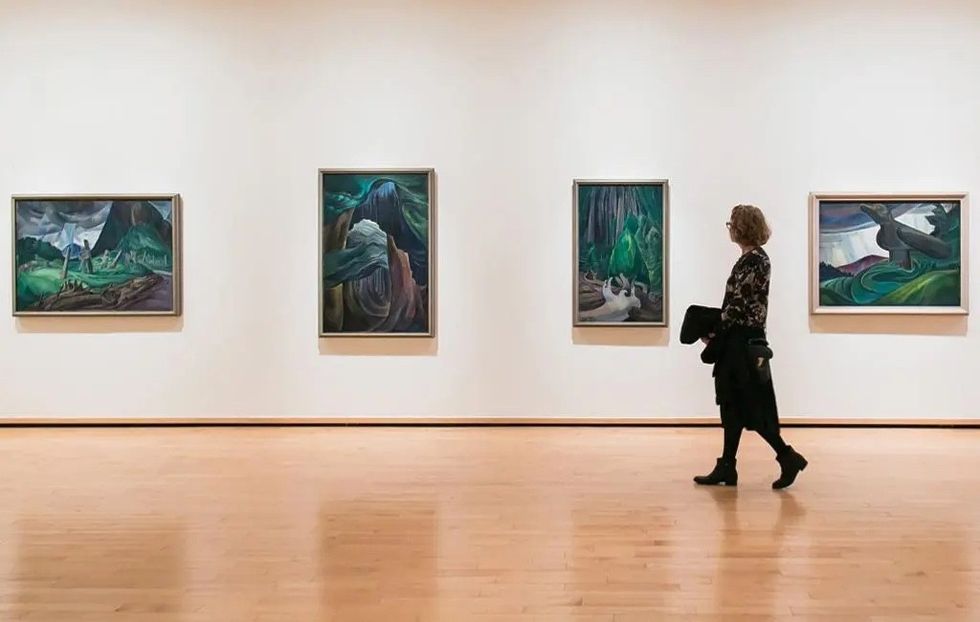
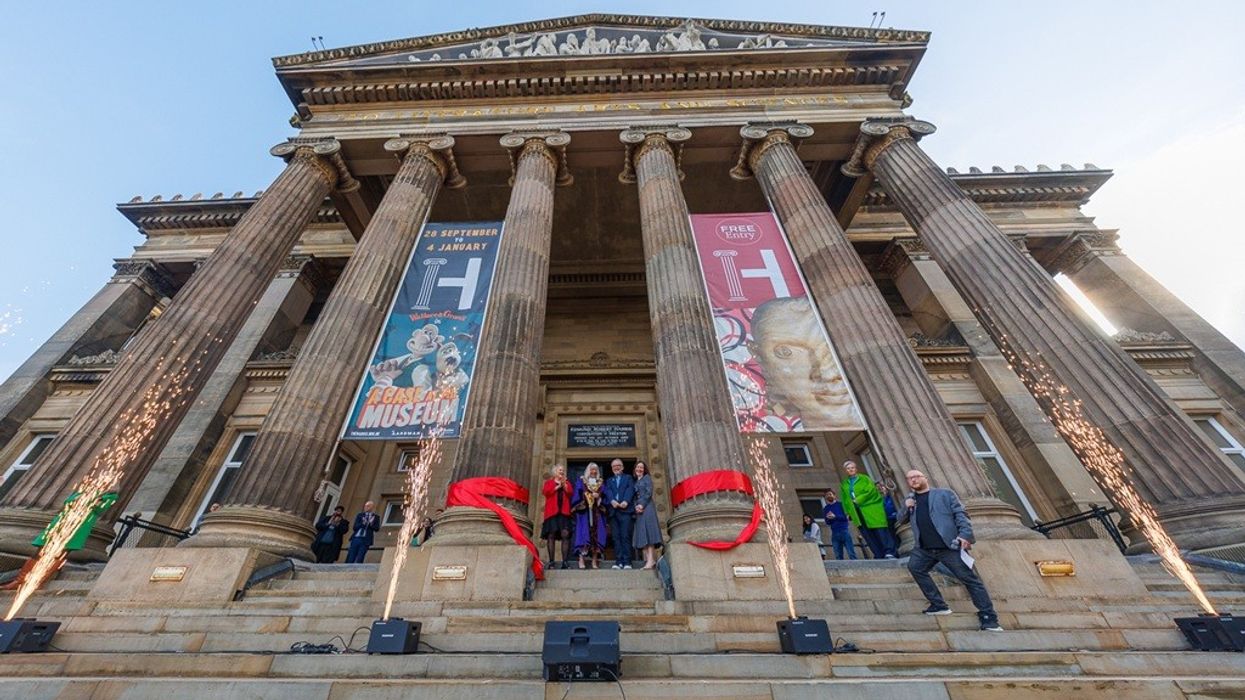
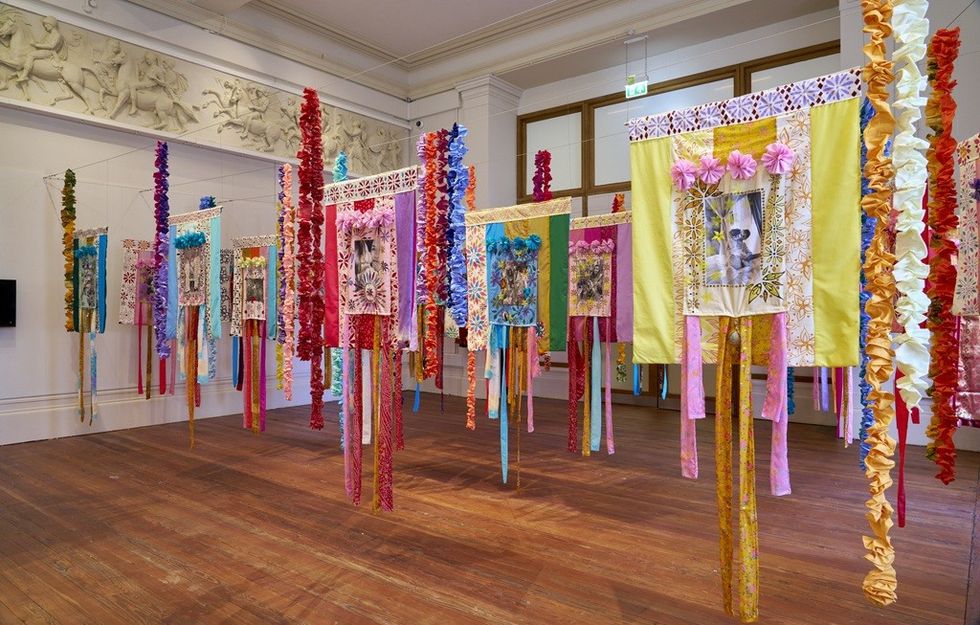 Courtesy Simon Critchley Photography
Courtesy Simon Critchley Photography Courtesy Michael Porter Photography
Courtesy Michael Porter Photography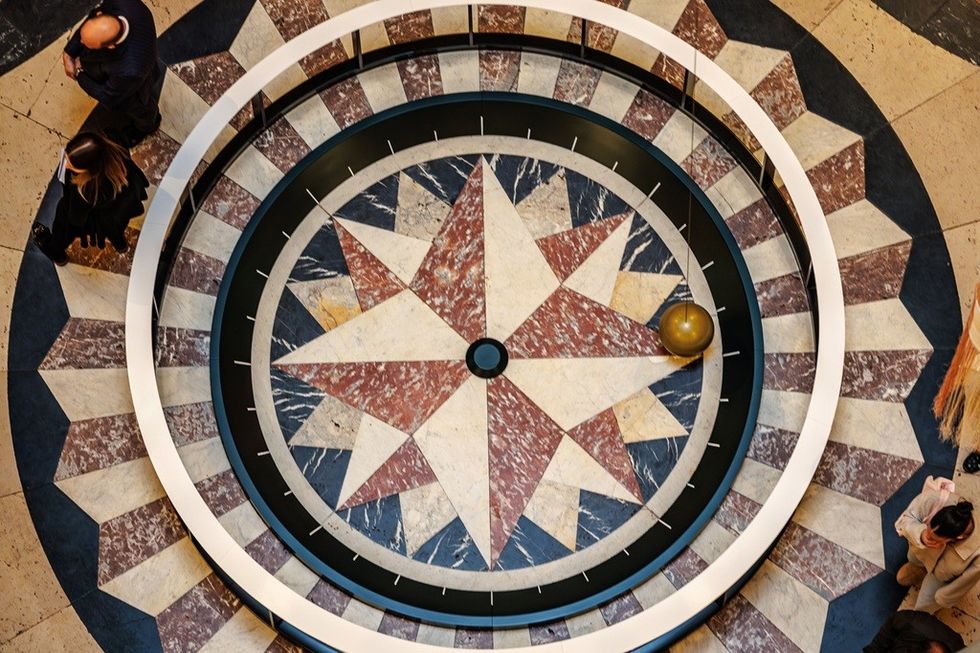 Courtesy Michael Porter Photography
Courtesy Michael Porter Photography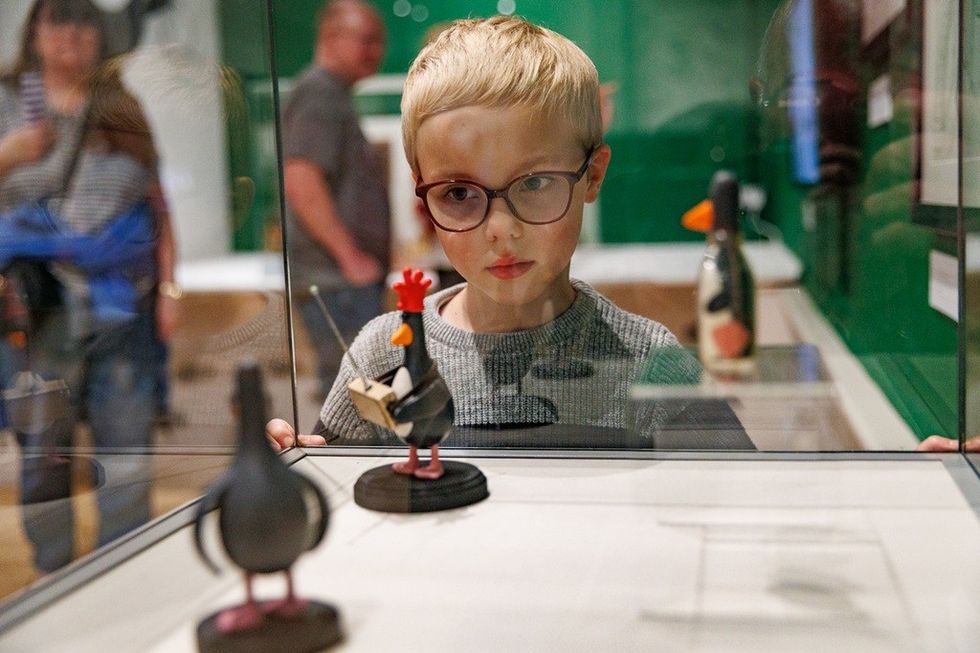 Courtesy Michael Porter Photography
Courtesy Michael Porter Photography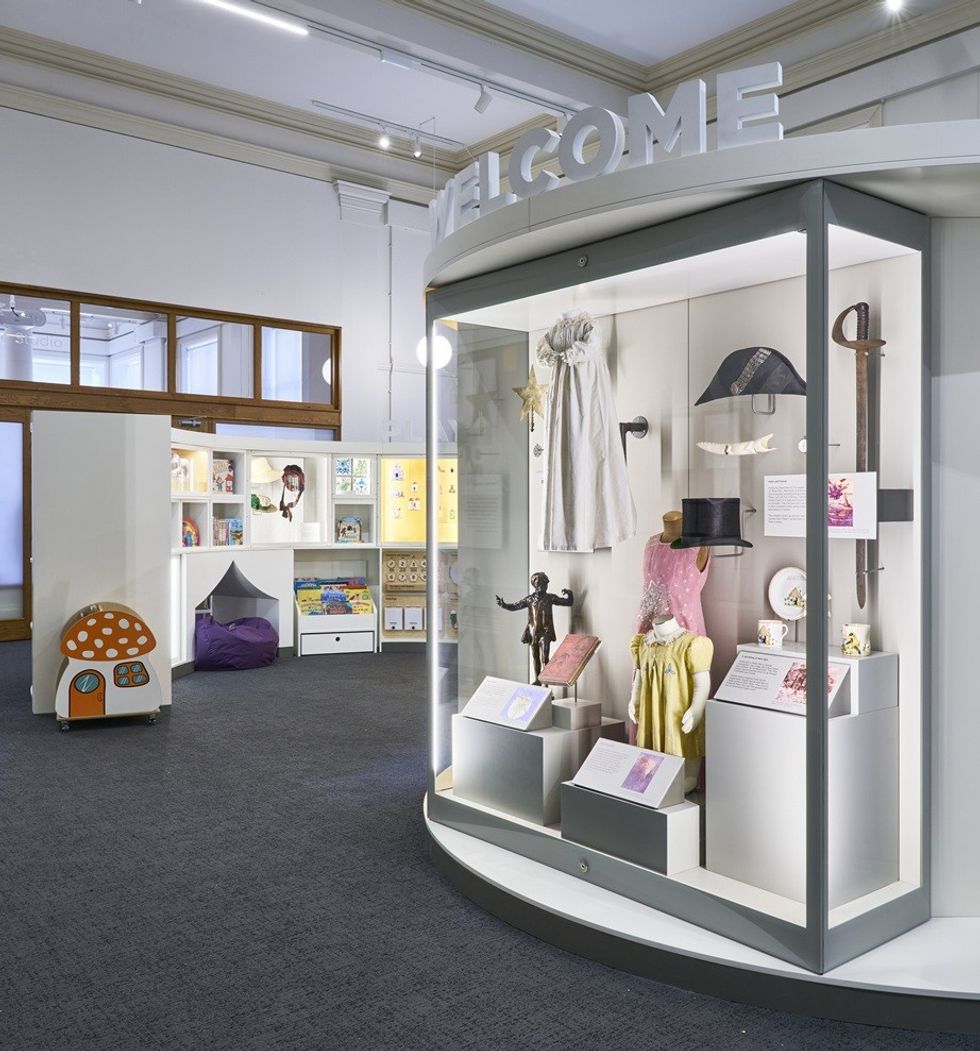 Courtesy Simon Critchley Photography
Courtesy Simon Critchley Photography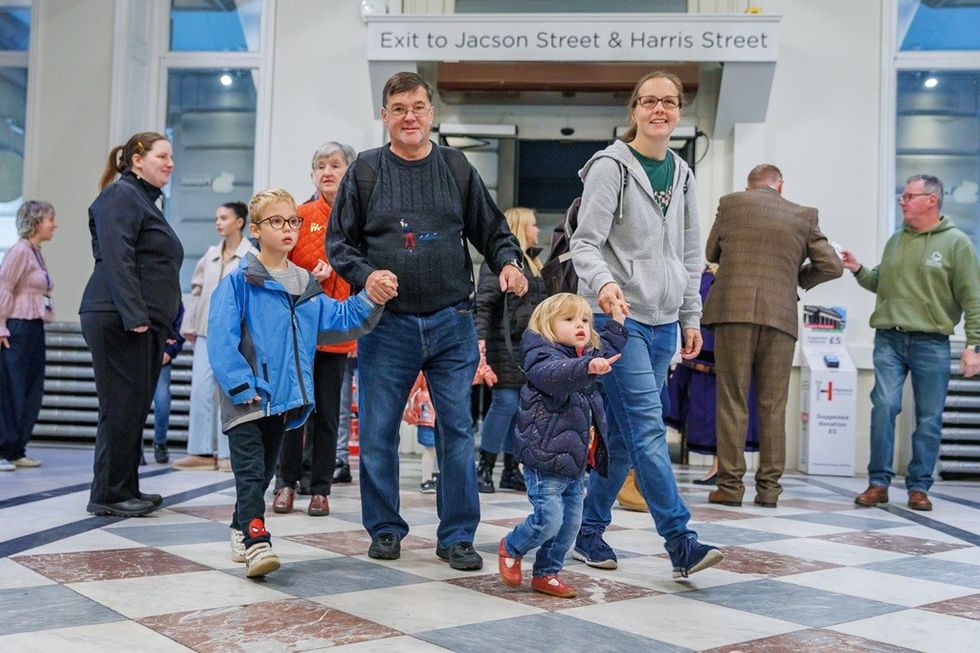 Courtesy Michael Porter Photography
Courtesy Michael Porter Photography